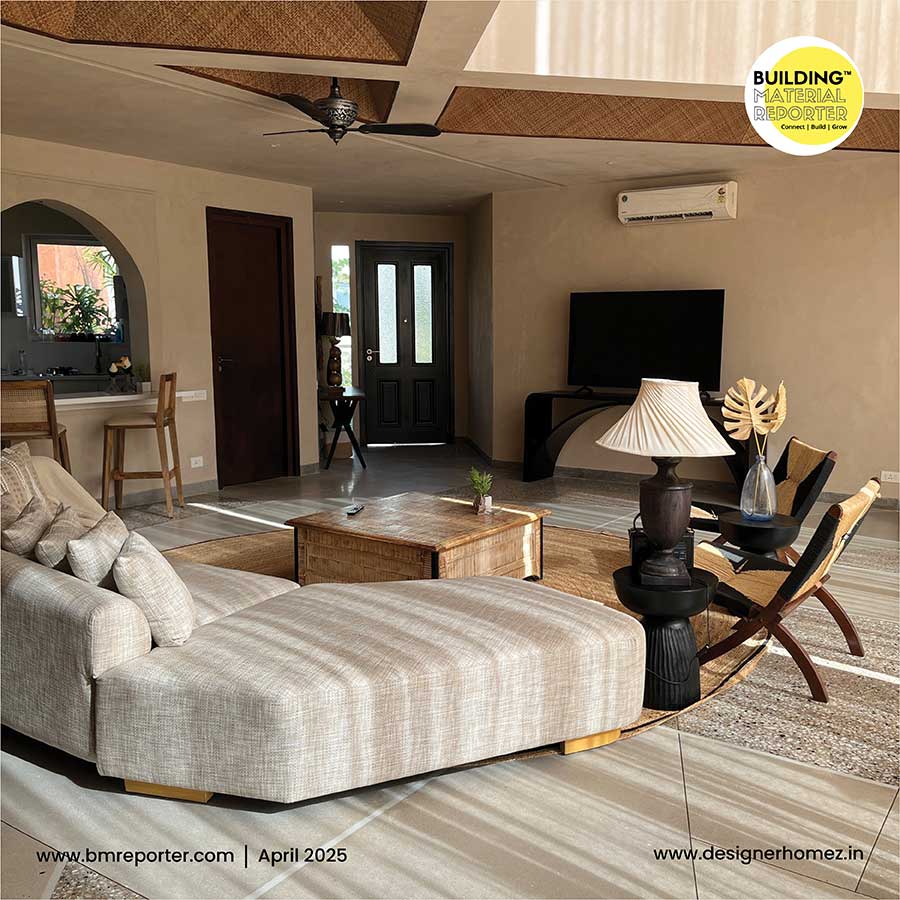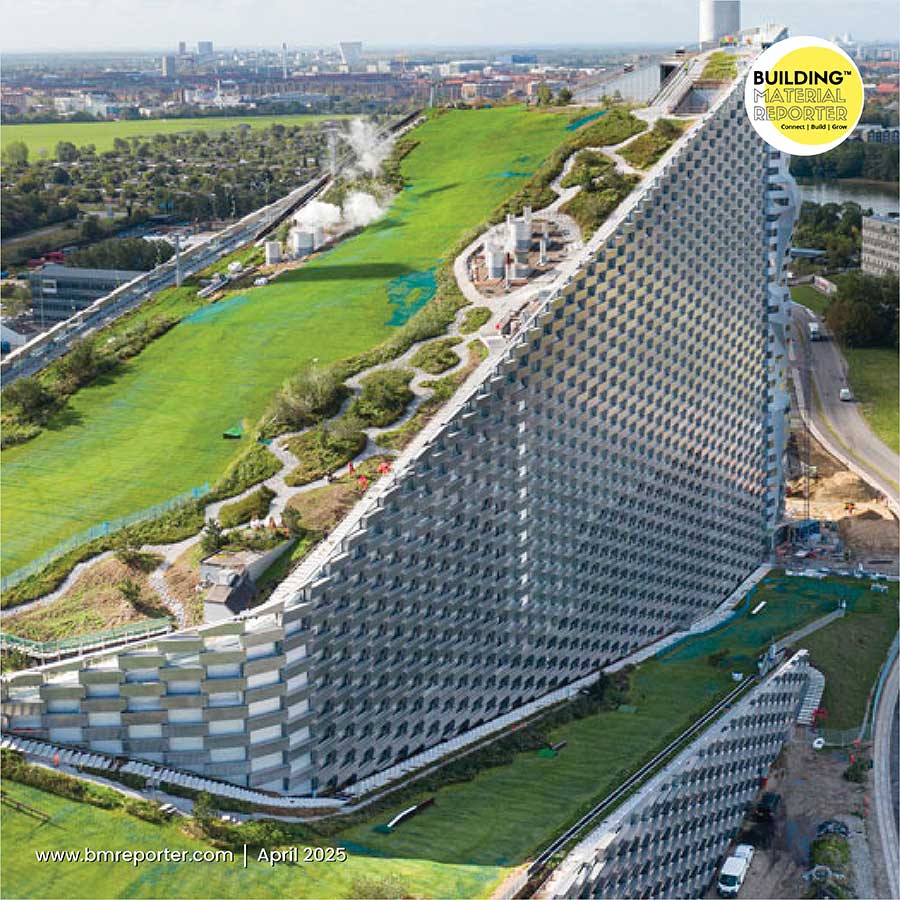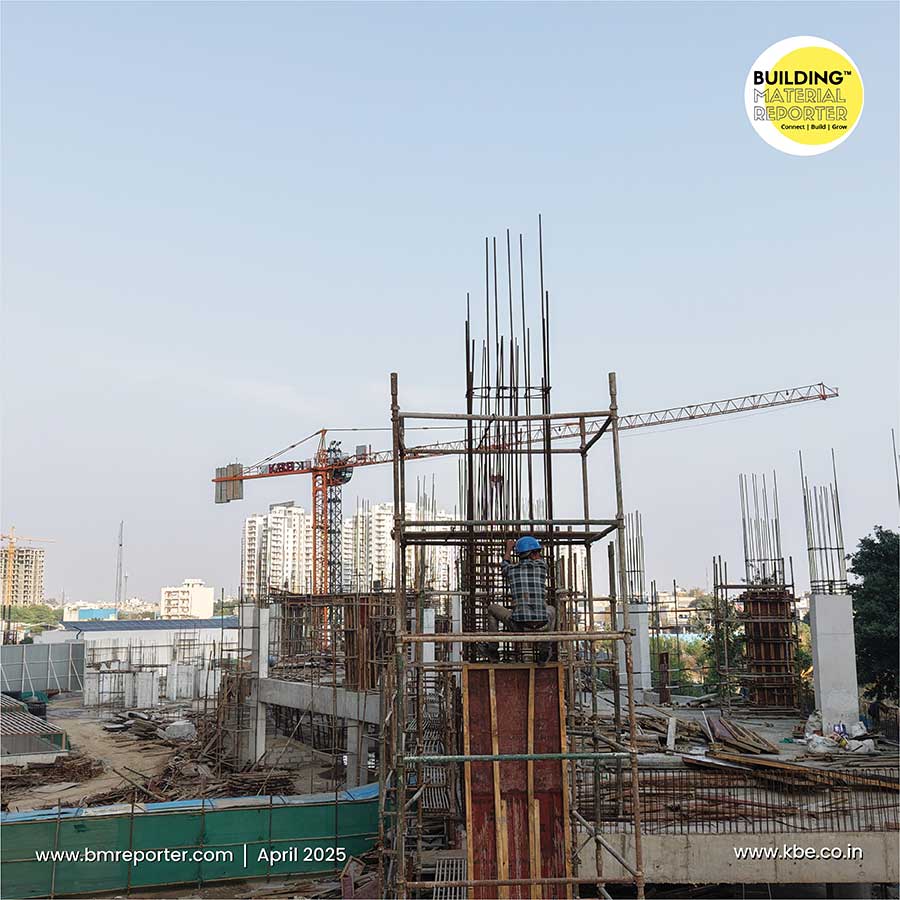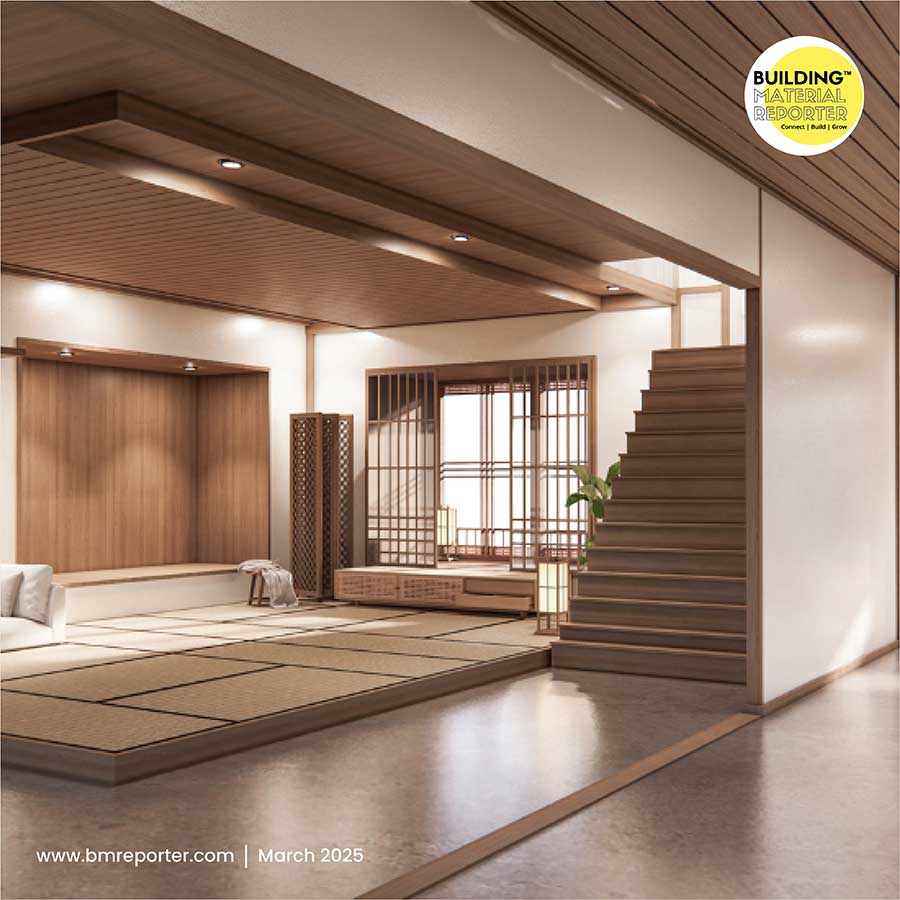Exploring the Benefits of Sustainable Building Materials
- December 5, 2024
- By: Yukti Kasera
- INFLUENCERS
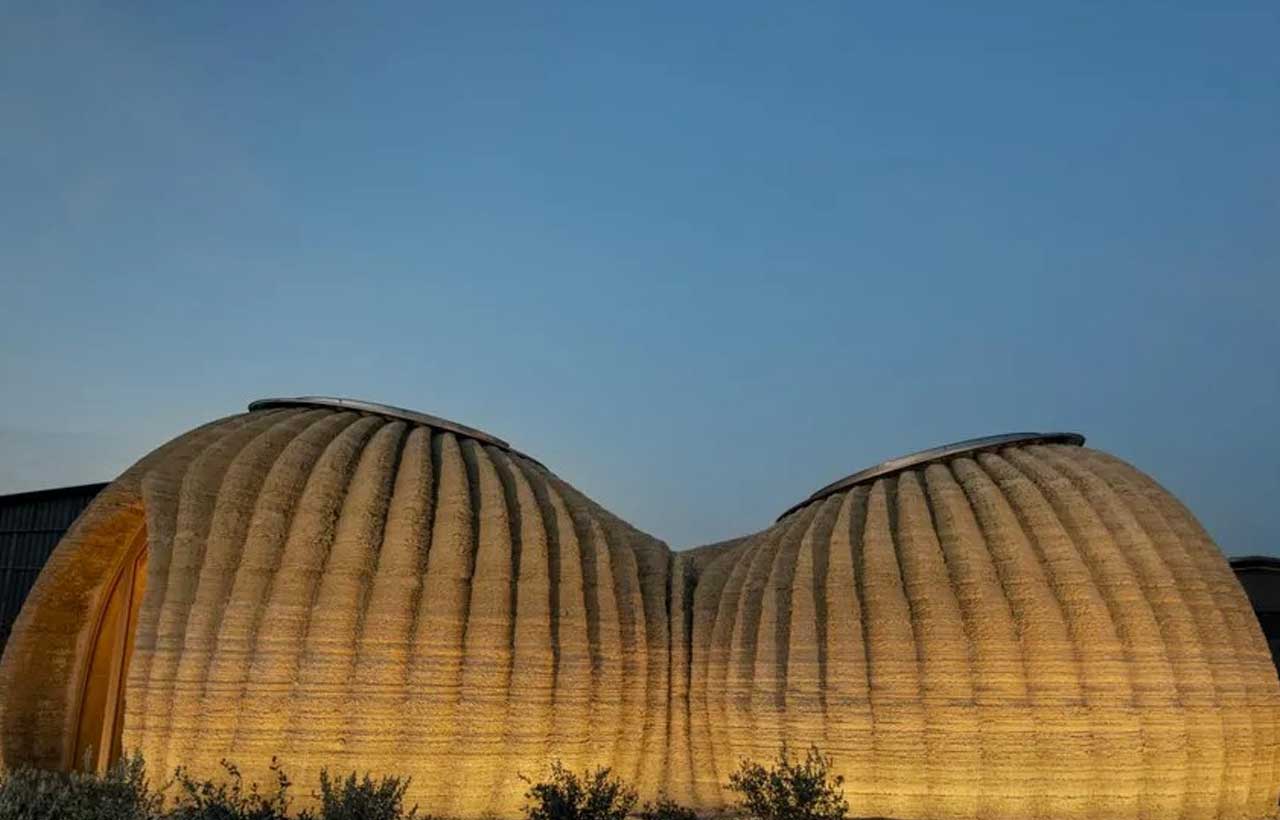 Sustainable building materials are gaining popularity as the construction sector confronts increased pressure to reduce its environmental impact. In this article by Building Material Reporter Magazine, let’s understand sustainable building materials more deeply.
Sustainable building materials are gaining popularity as the construction sector confronts increased pressure to reduce its environmental impact. In this article by Building Material Reporter Magazine, let’s understand sustainable building materials more deeply.
Understanding Sustainable Building Materials
They are chosen based on criteria such as energy efficiency, and ability to contribute to healthy indoor settings. As the construction industry's focus on sustainability grows, materials are crucial for decreasing environmental effects.
What Makes a Building Material Sustainable?: A building material is deemed sustainable in sustainable architecture if it meets particular environmental, social, and economic requirements that reduce its impact on the environment while improving the quality of life for its users.
Types of Sustainable Building Materials: The building materials with sustainability have a low environmental impact, promote energy efficiency, and help to create better living environments. These materials minimize waste and energy usage. Some sustainable building materials that are trending include- bamboo, cork, recycled rubber, reclaimed wood, low VOC paints and finishes and much more.
Environmental Benefits
The environmental benefits of sustainable building materials in smart design are positive and numerous. These materials contribute significantly to reducing the environmental effects of the buildings. This is done by lowering carbon emissions, conserving natural resources, and protecting the existing ecosystems.
Reducing Carbon Footprint: Sustainable materials need less energy to develop, resulting in lower carbon emissions. Bamboo, hempcrete, and recycled steel have significantly lower embodied carbon. This means they emit fewer greenhouse gases during manufacturing. As they grow, natural materials such as wood and bamboo store carbon dioxide.
Promoting Biodiversity: Responsible procurement and sourcing of the materials preserves biodiversity. With the help of sustainable sourcing strategies, biodiversity loss can be decreased during the building material acquisition process.
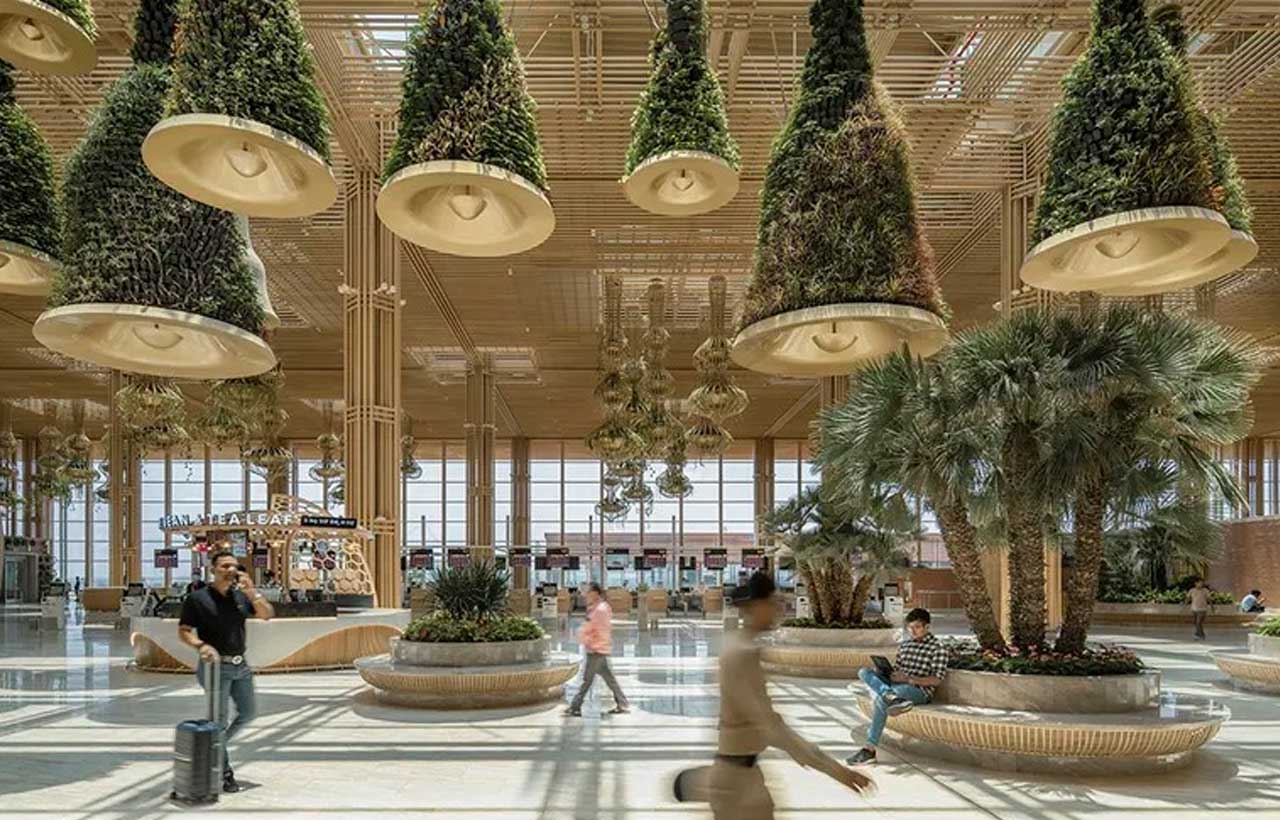
Economic Advantages
The economic benefits of sustainable building, innovative materials and eco-design are numerous and diverse. They go beyond immediate building expenses to include long-term savings, higher property values, new business prospects, and healthier surroundings. Sustainable building approaches reduce energy usage, waste, and environmental effect, resulting in a financially feasible and environmentally responsible.
Cost-Effectiveness of Sustainable Materials: Materials in home construction such as recycled wood and low-impact concrete lower waste generation and disposal expenses. Fewer resources are consumed, resulting in lower total expenses during the building's existence. Sustainable building materials like recycled metals, repurposed wood, or locally produced supplies are less expensive.
Long-Term Savings and Investment Returns: Sustainable materials in eco-friendly construction are frequently more efficient, durable, and ecologically friendly. These materials help to minimize operating costs, increase property values, adapt to market changes, and comply with more stringent laws.
Health and Safety Benefits
Usage of these building materials directly benefits the well-being of those who live and work in these environments. They assure sustainable design principles, and buildings with non-toxic, energy-efficient, and naturally durable materials.
Improving Indoor Air Quality: These building materials improve indoor air quality by managing moisture, and blending natural elements with the interiors. This means fewer respiratory problems, and a more comfortable and safe place to live or work- all contributing to building a sustainable future.
Enhancing Occupant Health and Wellbeing: These materials benefit health and comfort by improving air quality, temperature regulation, and access to natural light. They can reduce exposure to toxic chemicals, and establish a connection with nature all benefit occupants' health and mental well-being.
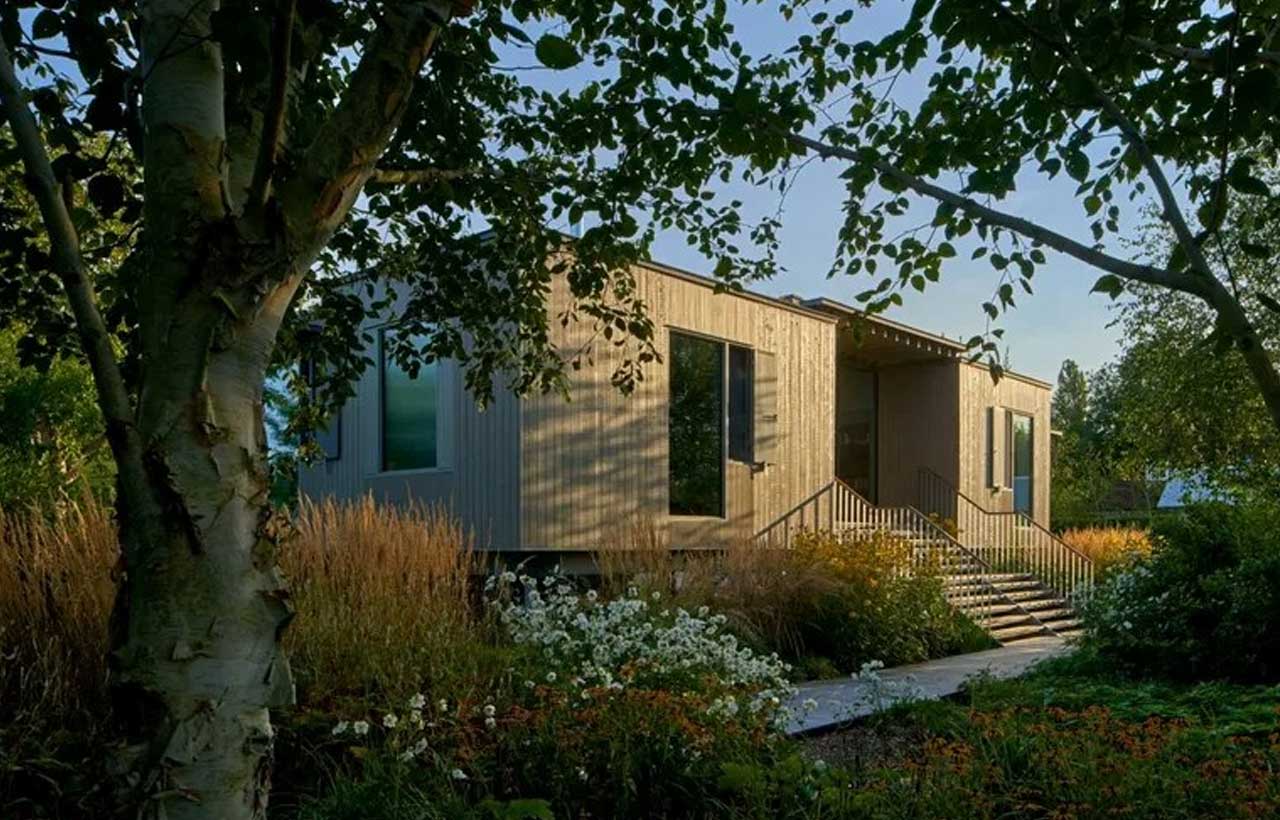
Technological Innovations
These innovations not only address the growing concern about climate change, but also provide new potential for efficiency improvement, and the creation of structures that are more suitable for a sustainable future.
Advances in Sustainable Material Technology: As technology advances, sustainable materials will continue to play an important part in meeting global sustainability targets. People are using reformed and advanced technology by using these materials as the base materials, that ensures durability and longevity.
Innovative Use Cases in Modern Construction: The innovative application of sustainable building materials in the modern construction and design industry is changing the way we live. Green roofs and living walls improve energy efficiency. Green roofing with plants regulate temperature. 3D printing technology allows us to build economical homes out of environmentally friendly materials such as recycled concrete and plastic.
Case Studies and Success Stories
There are projects designed with sustainable building materials, ranging from net-zero energy buildings to creative usage of recycled materials, show how these green building materials can promote innovation, minimize environmental impact, and improve building occupants' quality of life. As more green buildings and towns adopt these practices, sustainable materials will become increasingly crucial in influencing the future of construction and urban development.
Real-World Examples of Sustainable Building Projects: One Angel Square, Co-operative Group HQ in Manchester, UK, features a double-skinned front with an open atrium that reduces heating and cooling costs and promotes natural illumination. A combined heat and power plant, which runs on rapeseed oil cultivated on the Co-operatives' own land, creates the building's own supply of heat and power, lowering costs by 75 percent.
Manitoba Hydro Place, a Canadian office tower, uses 70% less energy than a conventionally designed office structure. The building has both active and passive systems, including south-facing winter gardens, a solar chimney, and controlled lighting. These systems work together to make the best use of their surroundings and natural processes. Each project proves that sustainable materials and methods are not only feasible but also useful and helpful to both the environment and the people who utilize these spaces. They provide useful case studies for future advancements in sustainable design and urban planning.
Lessons Learned from Pioneering Projects: The major lessons learnt from these projects in the construction industry and latest architectural trends, which range from the necessity of early design, local material use, and resilience to the challenges of high initial expenses and continuing monitoring, provide a road map for future sustainable architectural advancements. By applying these lessons, we may continue to develop and create a more sustainable future.

Challenges and Solutions
These materials solutions are becoming increasingly effective and widely available, but there are challenges. The usage of sustainable materials is predicted to increase as technology advances, understanding expands, and regulations evolve. By overcoming constraints such as cost, availability, and a lack of expertise, the construction industry can move toward more sustainable methods.
Addressing Common Barriers to Adoption: While employing sustainable building materials presents substantial hurdles, they are not insurmountable. Sustainable materials can be more broadly integrated into the construction sector by implementing creative solutions such as early planning, enhanced performance tracking, better staff training, and increased advocacy for regulation revisions.
Strategies for Successful Implementation: The successful implementation of the materials requires planning, and a commitment to long-term environmental goals. By integrating sustainable building materials in the design process, projects can achieve greater efficiency, and sustainability. Moreover, using certifications ensures that sustainability is embedded throughout the entire construction process.
The Future of Sustainable Building Materials
As the construction industry grows, sustainable materials are projected to play an increasingly important role in creating ecologically friendly structures.
Trends to Watch: This sector will expand rapidly over the next decade. The rise of bio-based products, advancements in 3D printing construction technology and smart materials- will change the way we design our built environments. These will help to reduce construction's carbon footprint and create energy-efficient buildings that meet the needs of the future. Just like LED lighting trends, the use of these materials will significantly increase.
Predictions for the Next Decade: The next decade in sustainable building materials and facility management is set to see considerable transformations. As the globe concentrates on increasing energy efficiency, and implementing circular economy concepts, many themes are likely to shape the future of building materials.
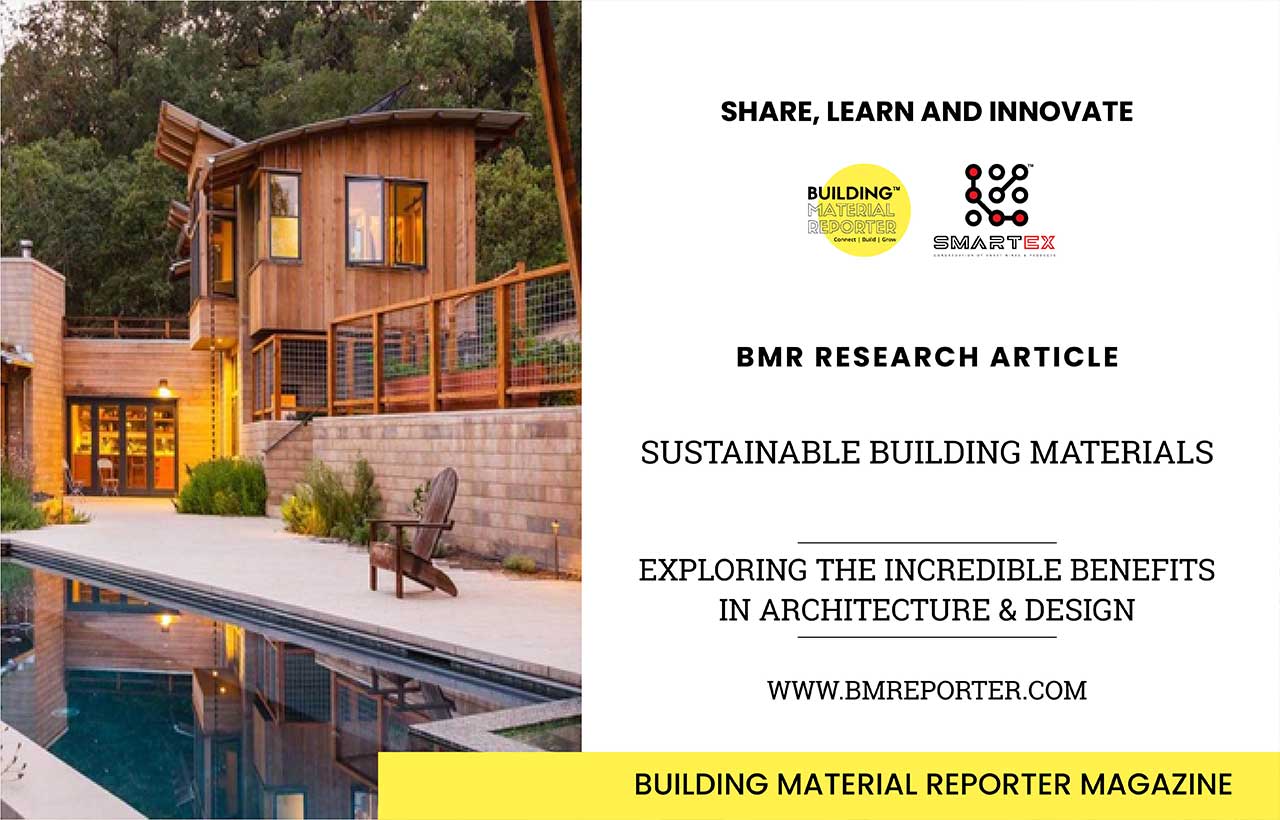 Building Material Reporter believes in serving the best! Stay tuned with us for more ideas and news related to construction technology, green buildings, home decor, interior design, new projects, architecture, and innovative materials in the industry.
Building Material Reporter believes in serving the best! Stay tuned with us for more ideas and news related to construction technology, green buildings, home decor, interior design, new projects, architecture, and innovative materials in the industry.
Frequently Asked Questions (FAQs)
What are sustainable building materials?
Materials that are sourced from the environment and are friendly for construction purposes- these materials promote energy efficiency while also enhancing occupant health and well-being.
How do sustainable building materials benefit the environment?
Sustainable building or green building materials have a reduced carbon footprint and are easily available. They also combat climate change.
What are the economic advantages of using sustainable building materials?
These materials serve various economic benefits that can improve both the short-term and long-term financial performance of construction projects.


